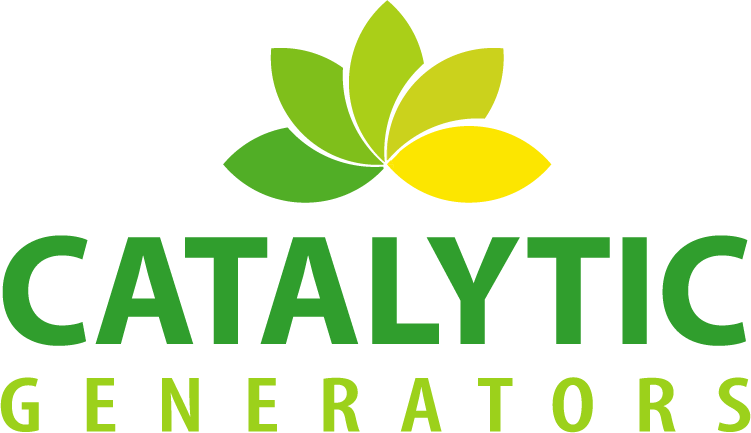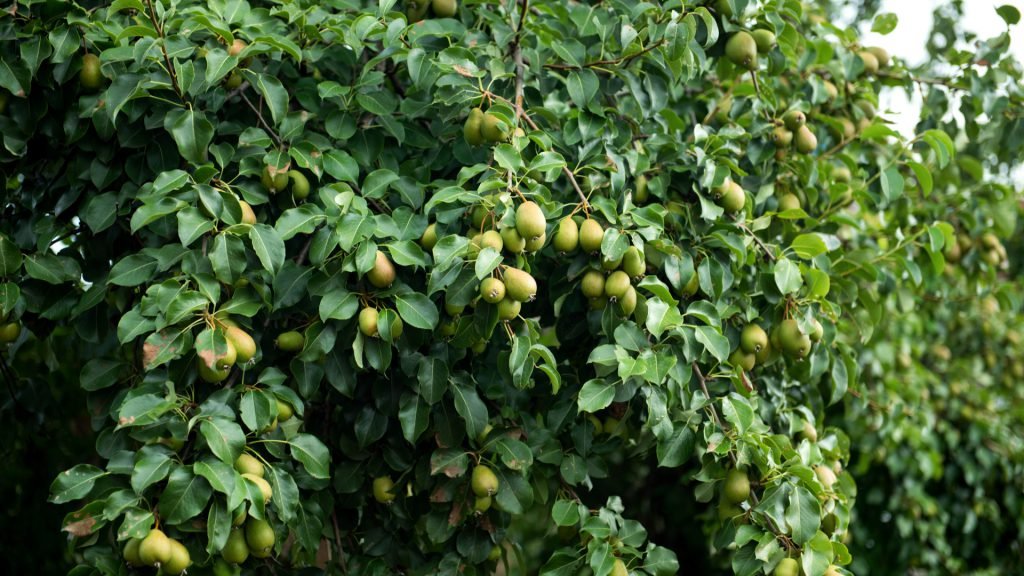Pear Conditioning for Profits
According to Kevin Moffitt, President & CEO of Pear Bureau Northwest, “The Pear Bureau tracks real-world success in retailers that have undertaken a conditioned pear program in recent years; the results in many of the stores nearly doubled the numbers seen during the test.”
In 2012, the Pear Bureau Northwest commissioned a test through Nielson/Perishables group which showed that stores carrying conditioned pears increased their sales 19.5% more than the control stores who were not carrying conditioned pears. Sales continued to increase after the 12-week test in the stores carrying the conditioned pears.
What are Conditioned Pears?
Conditioned pears are described by Pear Bureau Northwest as pears that have been brought to the “just starting to ripen” state. Conditioning refers to the application of ethylene, a natural plant hormone produced by fruit as it ripens. To begin this process for pears, the commodity is placed in a ripening room, warmed to room temperature, and treated with ethylene. Once the desired firmness is reached, the temperature is rapidly brought down to 32°F. Other factors that must be managed include the time of ethylene application, pulp temperature, humidity, and CO2 levels.
When Did Pear Conditioning Start?
Pear conditioning began in the mid 1990’s as shippers recognized the success of preconditioned banana and plantain sales. The Pear Bureau published the first pear manual with step by step instructions for pear conditioning in the late 1990’s and contracted with ripening consultant Dennis Kihlstadius in the summer of 2001. “We have been promoting it to shippers and retailers ever since; there are currently 49 retailers in the US and Canada who carry conditioned pears,” Moffitt explained.
“Gone are the days where shoppers picked up a pear at the local grocery store and found the fruit as hard as a rock,” stated Greg Akins, President & CEO of Catalytic Generators. “Nowadays, customers expect uniformly ripe, ready to eat pears, and that’s what our ethylene generators help to provide.”
How to Condition Pears?
Catalytic Generators’ ethylene generators and Ethy-Gen® II Ripening Concentrate form a system that, when used as directed, produces concentrations ideal for conditioning a variety of pears. The Easy-Ripe® generator features an adjustable ethylene output which allows for adaption to any ethylene PPM requirement or room size. With the specially formulated liquid Ethy-Gen® II, the Easy-Ripe® easily makes only as much ethylene as needed for a target room, eliminating the need to store large quantities of compressed gas on site. Ethylene producing generators of Catalytic Generators all feature user-friendly operation and continuous, consistent ethylene production for superior ripening and degreening. These ethylene generators provide a safe, easy, and convenient ethylene source that you can trust.
Pear Bureau Northwest estimates that nearly 30% of the conventional green Anjou pears on retail shelves in the United States and Canada have been conditioned with ethylene. However, only about 3% of the conventional red Anjou and 2% of the conventional Bartlett crop are being ethylene conditioned.
Moffitt stated, “We see a lot of upside for conditioned pears, especially red and green Anjous. We have been telling retailers that a ripe Anjou is the new pear variety!”

